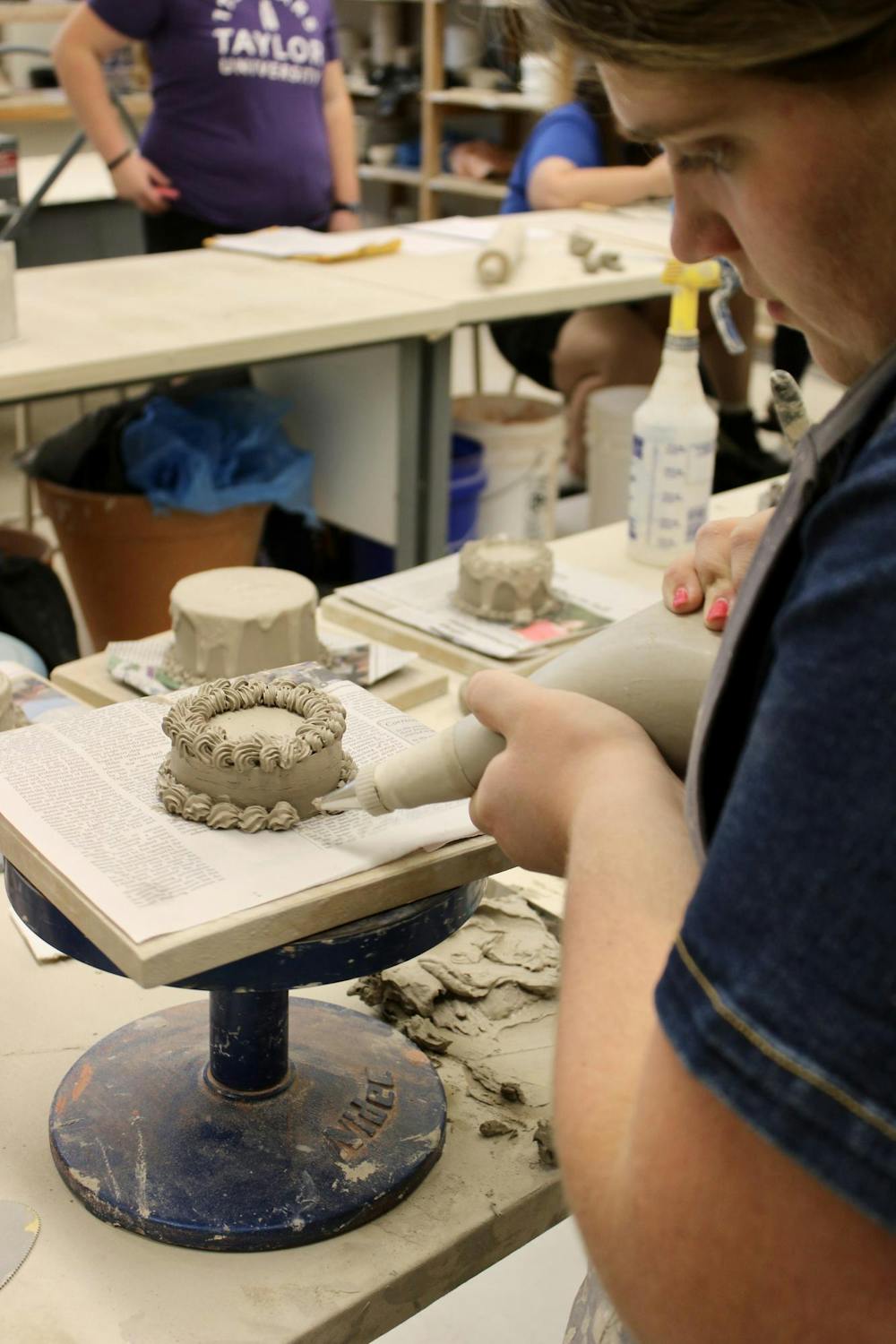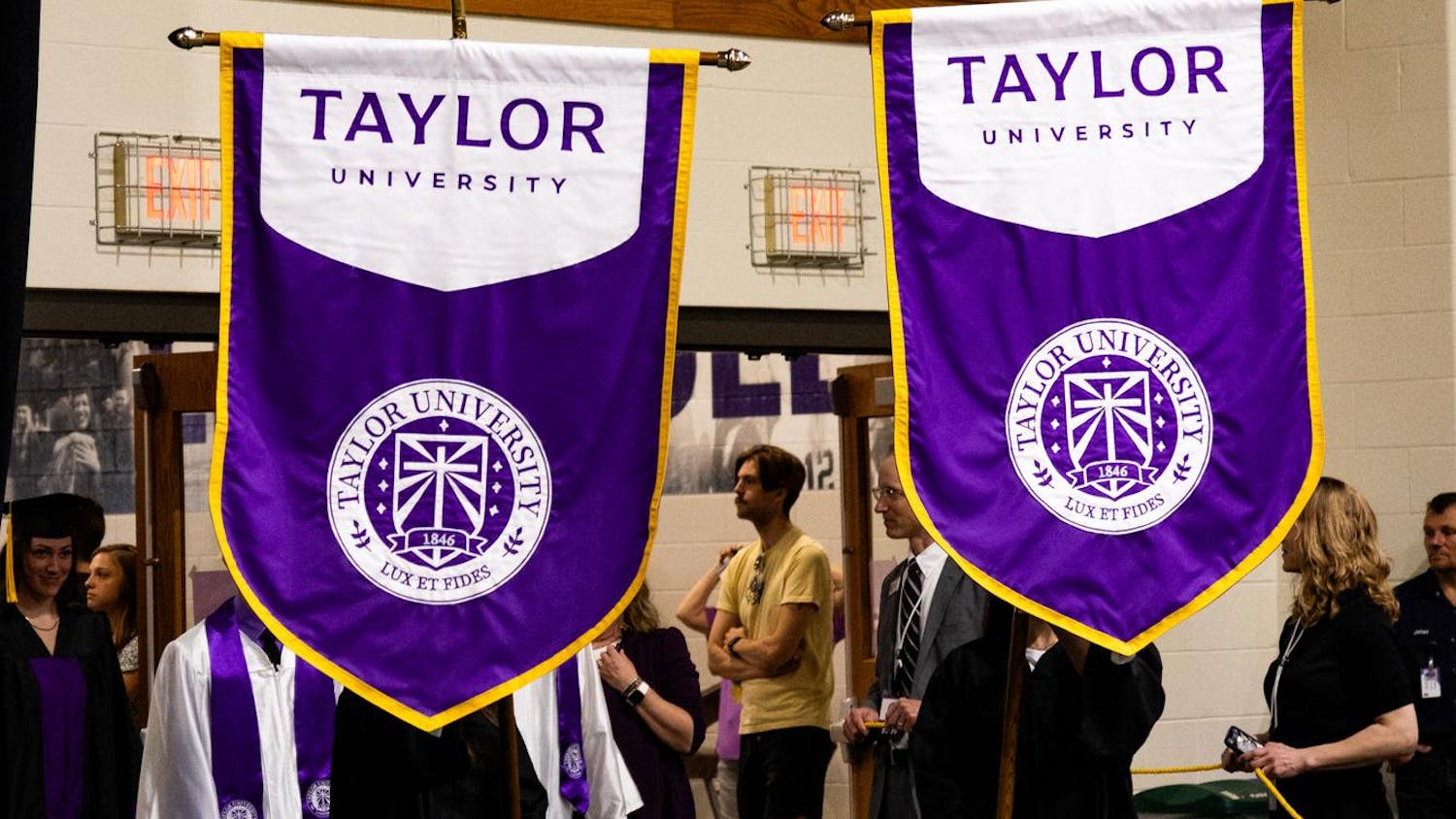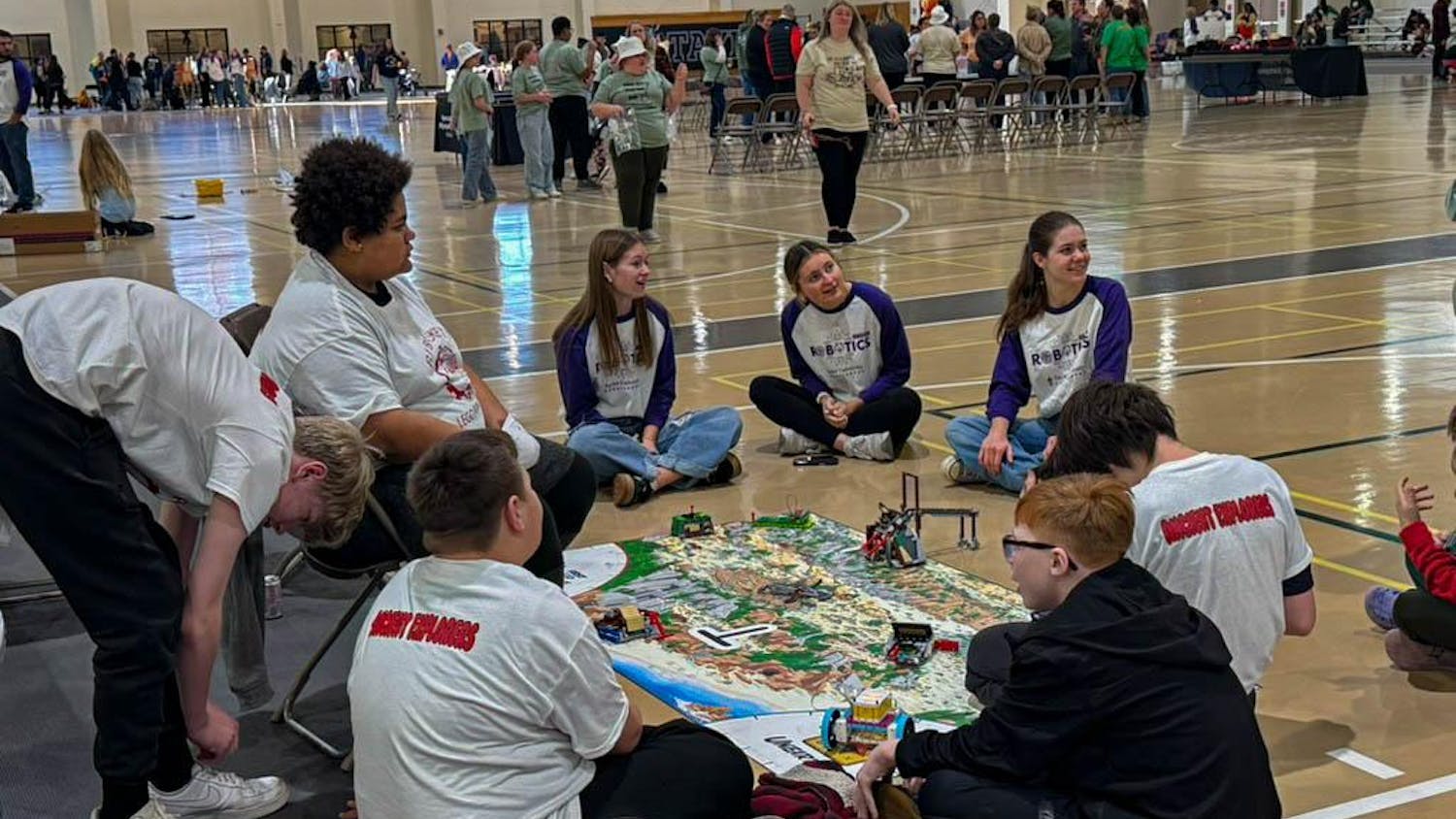“There's just something grounding about putting our hands in clay,” Jeremie Riggleman, assistant professor of art at Taylor, said.
For years, ART 250C, the participation in ceramics course at Taylor University, has captivated students from every major. It is a one-credit course that fulfills one of the aesthetic literacy requirement and serves as an intro course to other ceramics courses that Taylor offers.
However, due to its popularity, it has been a difficult class for many students to register for. Every semester, two to three sections are opened up for the class, but there are only 12 seats in each section.
Riggleman explained that this is due largely to the amount of wheels that are available for students to use. The classroom has 12 wheels, so there is very little flexibility in allowing an override for this class.
He also said that there is a lot of background work that he and other art professors and art majors do to keep the studio up and running, such as running the kilns and preparing the clay.
These factors, along with its popularity, have led to a class that is largely dominated by seniors, as they are the first to register for classes every semester.
“I am really excited to take ceramics next semester and work with my hands,” senior Samarah Pentecost, a business management major, said. “I think it will be a great break from my other classes and a chance to maybe discover a new hobby.”
Senior Sydney Kurtz, a psychology major, is currently taking the course. She has found joy in discovering a new creative outlet through ceramics.
She has also found her own analogies for God while she spends time working on the clay and exercising her patience as she works with the medium.
“The process of forming with my hands has given me an opportunity to explore creativity in a more personal and meaningful way,” she said. “It has also allowed me to reflect on God’s patient, loving design.”
For some, Riggleman said, the space has become a refuge from the busyness of campus life. Many students use weekend hours to spend extra time working on their class projects, or even working on their own projects. He has noticed that this class engages a different part of the brain, and that this is why students have found it relaxing and refreshing.
The ceramics classroom is quiet and airy, with students moving in and out on their own time. In the front half of the room are high tables, lined up with layers of clay coating the tops of them, where students can carve whatever they desire out of a block of clay. The back half contains stools and spinning wheels, where students can work a lump of clay into a bowl, plate or vase.
Through a side door, finished projects in various stages of firing sit on floor-to-ceiling shelves, some fresh off the wheel, others glazed and ready to be picked up by their creators.
“I think that when we are young, we have a tendency to think either we're good at drawing or we're not good at drawing. And then people kind of self-select,” Riggleman said. “And so somewhere along the way, people start thinking that they're not artists anymore.”
He said that he hopes that this ceramics class will be an opportunity for every student to discover their own unique artistic abilities, even if they did not think that art was their calling in high school.




